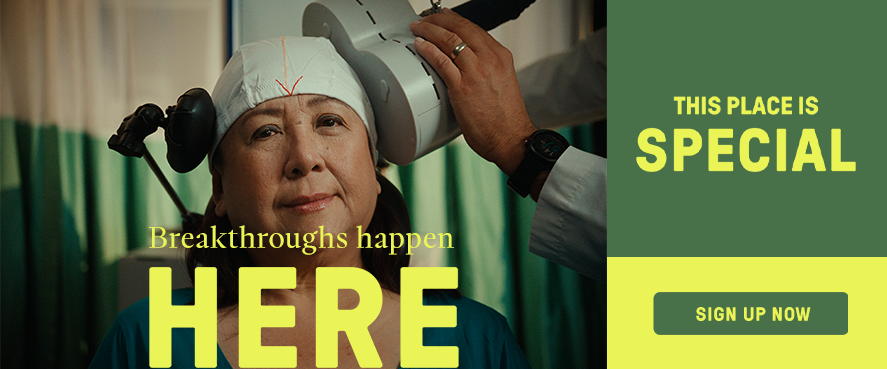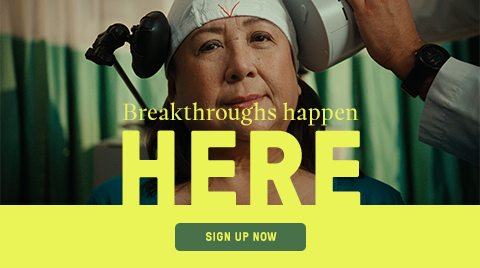Precision technologies

A new option for bile duct cancer treatment at Sunnybrook utilizes MRI-guided brachytherapy.
Sunnybrook’s Cancer Ablation Therapy (CAT) Program at the Odette Cancer Centre is a leader in MRI-guided brachytherapy for prostate and gynaecological cancers, thanks in no small part to donor support for the MRI-Brachytherapy Suite, along with a range of other precision therapies.
These precision technologies are helping to change the way we target tumours and expand our personalized approach to care. Further still, our researchers are helping to perfect the way these machines are used to treat patients in the best and safest ways possible.
In March 2021, for the first time in Canada, Sunnybrook began offering MRI-guided brachytherapy for patients living with bile duct cancers – cancers whose treatments are often fraught with challenges.
“We are filling a large void,” says radiation oncologist Dr. Amandeep Taggar of the major milestone at Sunnybrook, which now provides a course of action for patients who may not have any other chemotherapy or external beam radiation treatment options.
According to Dr. Taggar, these cancers are exceedingly difficult to treat because they are so close to vital organs such as the liver, duodenum and stomach. They spread easily and treatment can become risky, if not impossible.
MRI-guided brachytherapy has the potential to change all of that.
During the procedure, tiny radioactive seeds are placed directly into the tumour, guided by powerful and precise magnetic resonance imaging (MRI) technology. It allows the treatment team to visualize tumours as well as critical organs and place the brachytherapy seeds in real time.
Once the seeds are placed, radiation is then delivered directly to the cancerous tissue. This allows the treatment team to provide the highest dose of radiation treatment to the tumour while minimizing damage to surrounding tissues and organs. This means a better experience for patients who require brachytherapy treatment: it is often faster, less painful and with fewer side effects.










